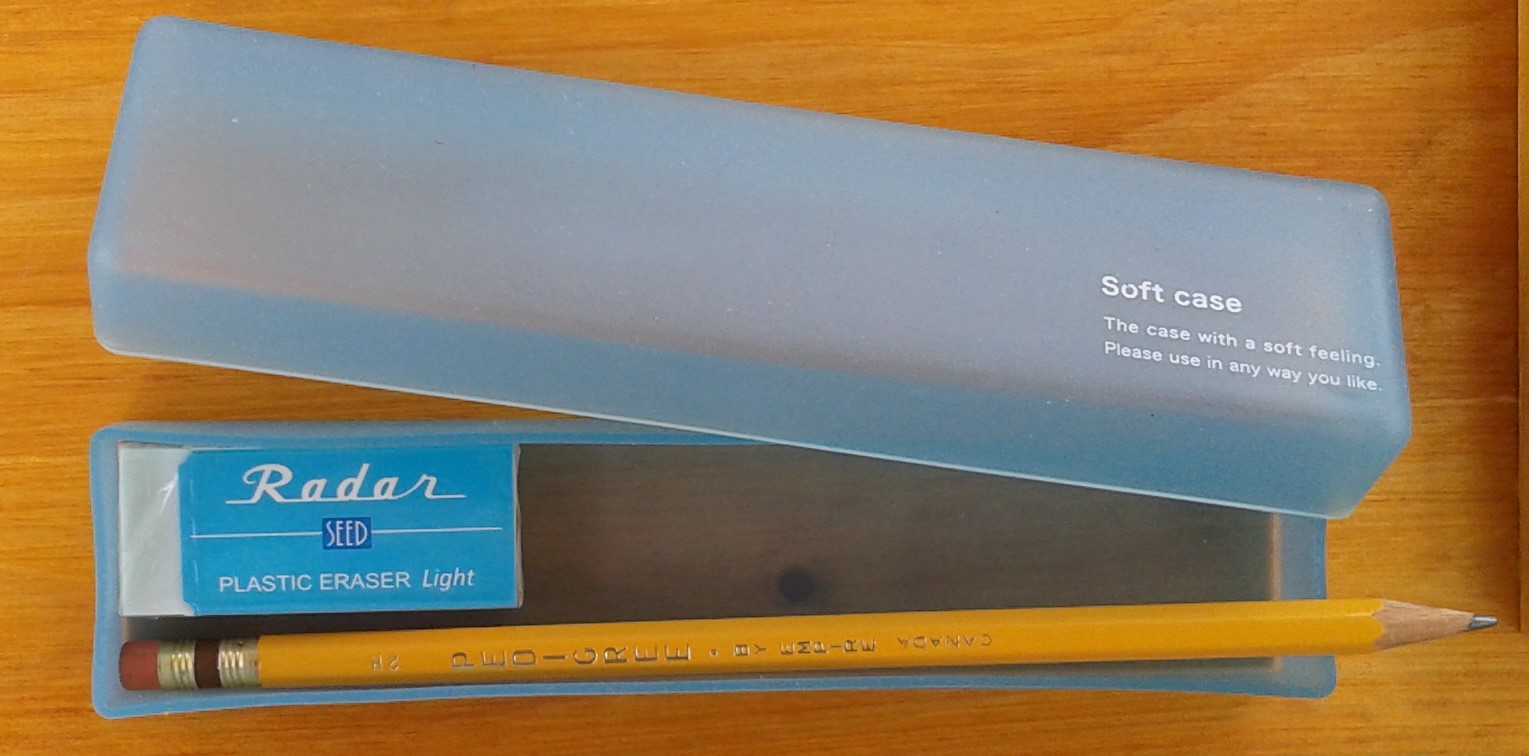
I had heard a lot about Tombow Fudenosuke pens for calligraphy so I was thrilled to find a package in my Christmas stocking. The Fudenosuke is an interesting pen because although it’s used for brush writing, the small, flexible tip doesn’t really look like a brush.
The Tombow company traces its origins back to 1913 when it specialized in pencils. Originally called Harunosuke Ogawa Shoten, it adopted the shorter name of Tombow (meaning dragonfly) in 1927. It now manufactures and sells all sorts of stationery supplies around the world but is still run by the founding family. The pens I have were made in Vietnam, distributed by their US subsidiary, and sold in Canada (oops, I mean came from Santa’s workshop at the North Pole).
The Fudenosuke pen was introduced in 2001. The name Fudenosuke means “brush that helps” and it was designed to write Japanese calligraphy (kanji). It’s popular with anyone who wants to write with a varied line as you can create thick strokes by applying more pressure and thinner lines with a lighter touch.


The package I received contained two pens, one with a dark blue barrel and the other with a black barrel. Both write with black ink but the blue barrel one has a firmer tip than the other. There isn’t a huge difference but the soft tip is a little bigger and creates a thicker line.
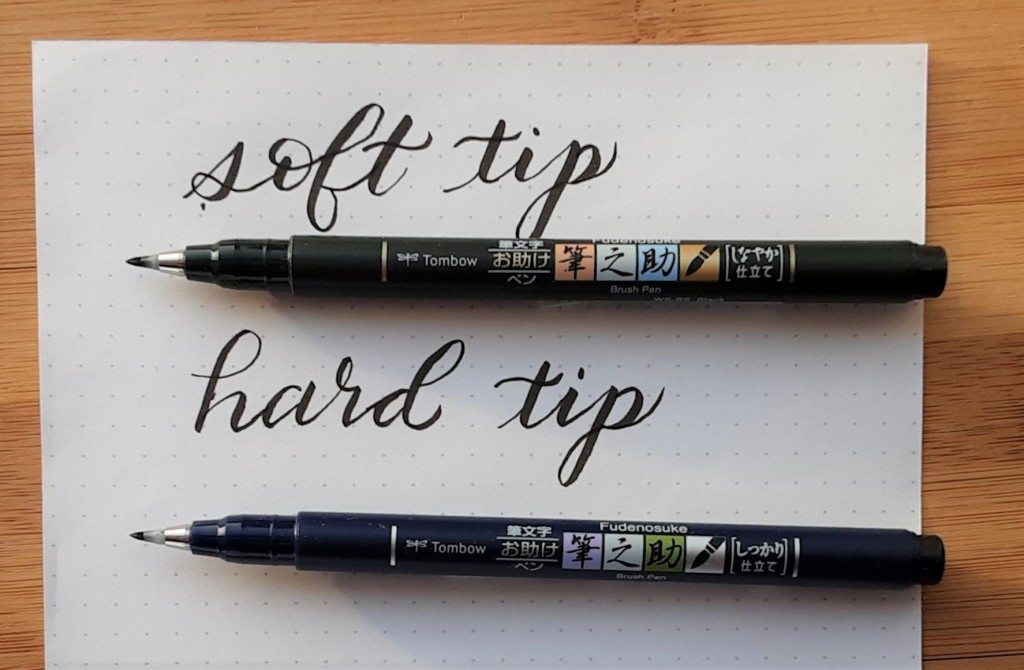
If Fudenosuke pens were people, their family heritage would be important to them but they love to travel the world. Japanese is their first language but they’ve learned lots of others along the way.













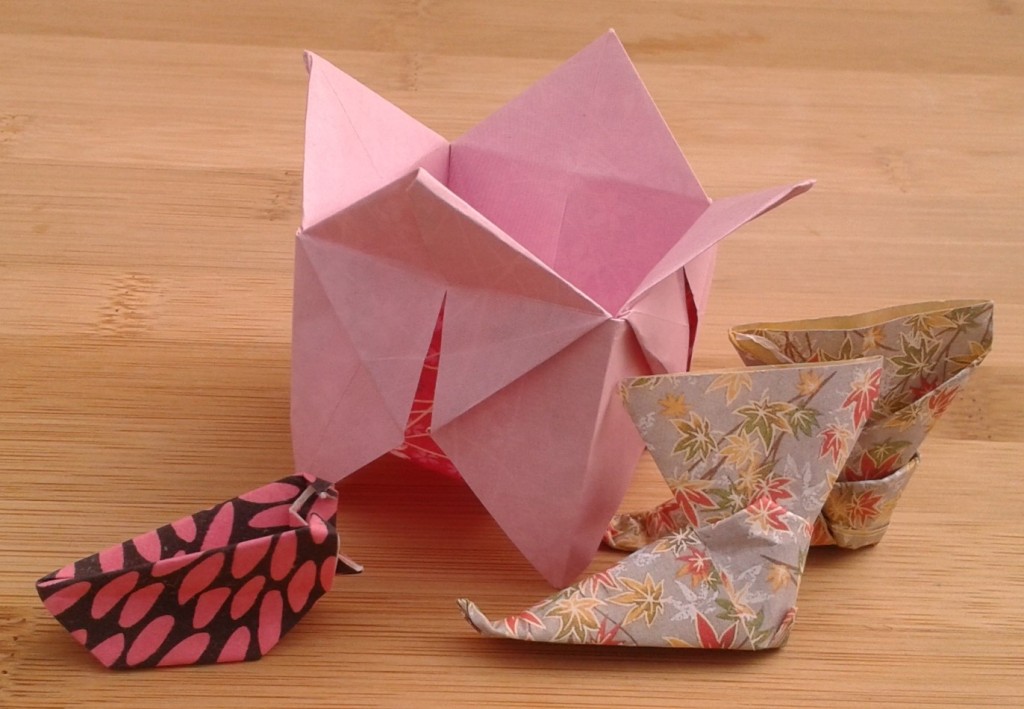

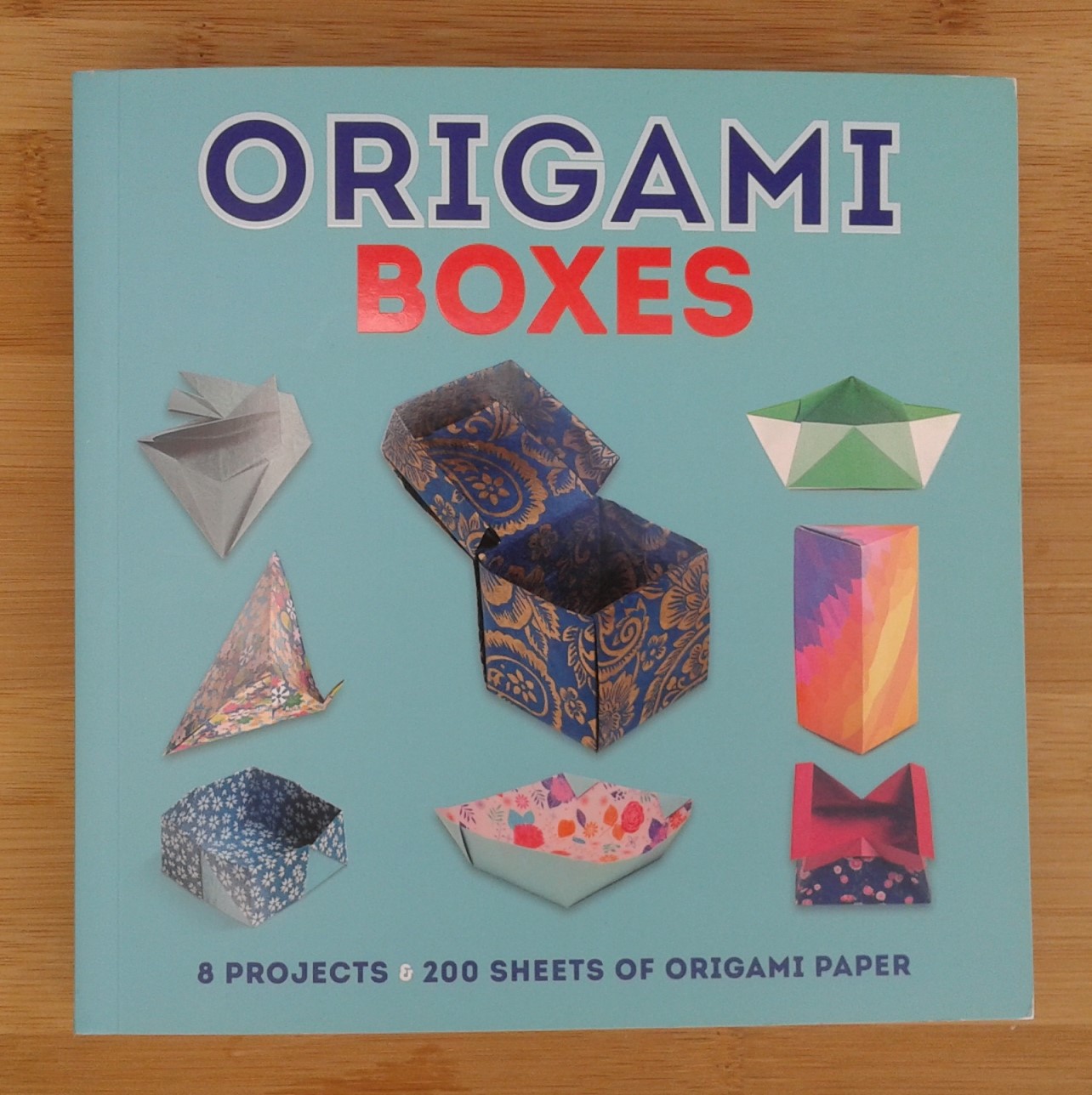










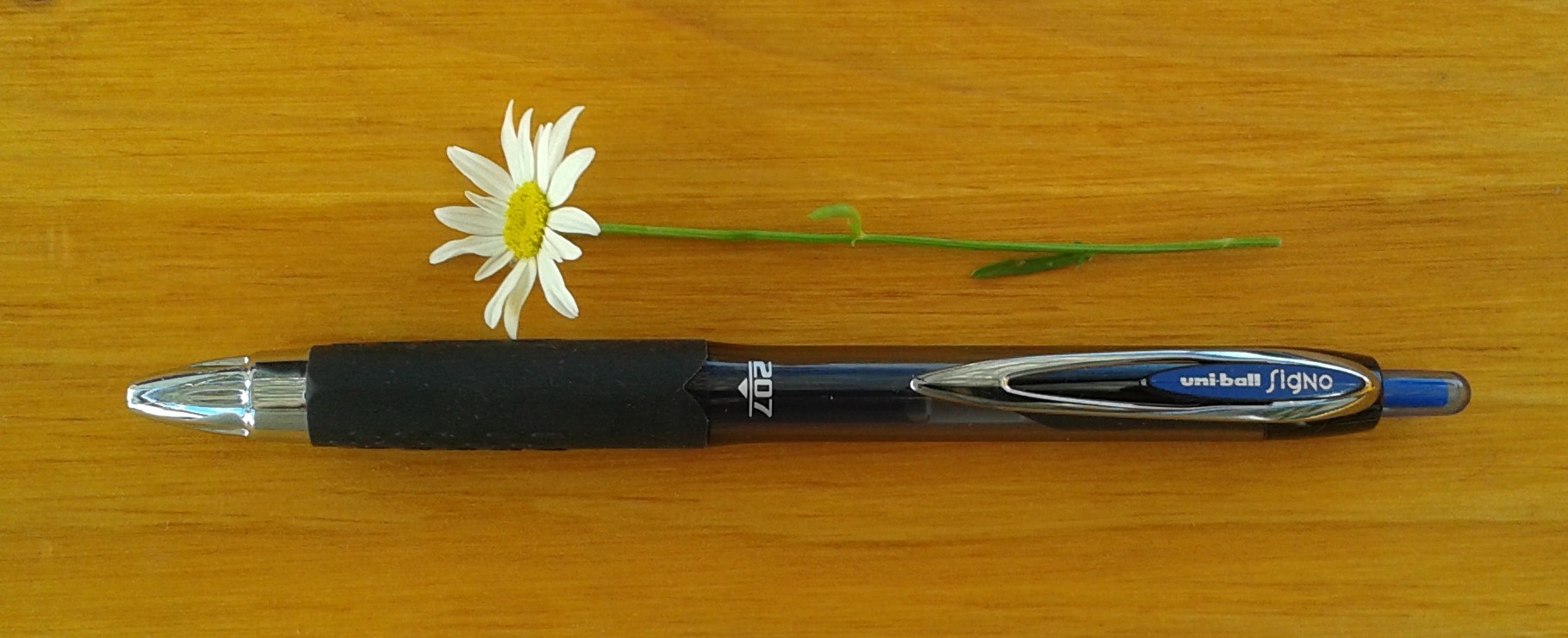 The Uni-ball Signo 207 Retractable Gel Pen is a standard in many office supply cupboards but somehow I missed it when I was discussing
The Uni-ball Signo 207 Retractable Gel Pen is a standard in many office supply cupboards but somehow I missed it when I was discussing 
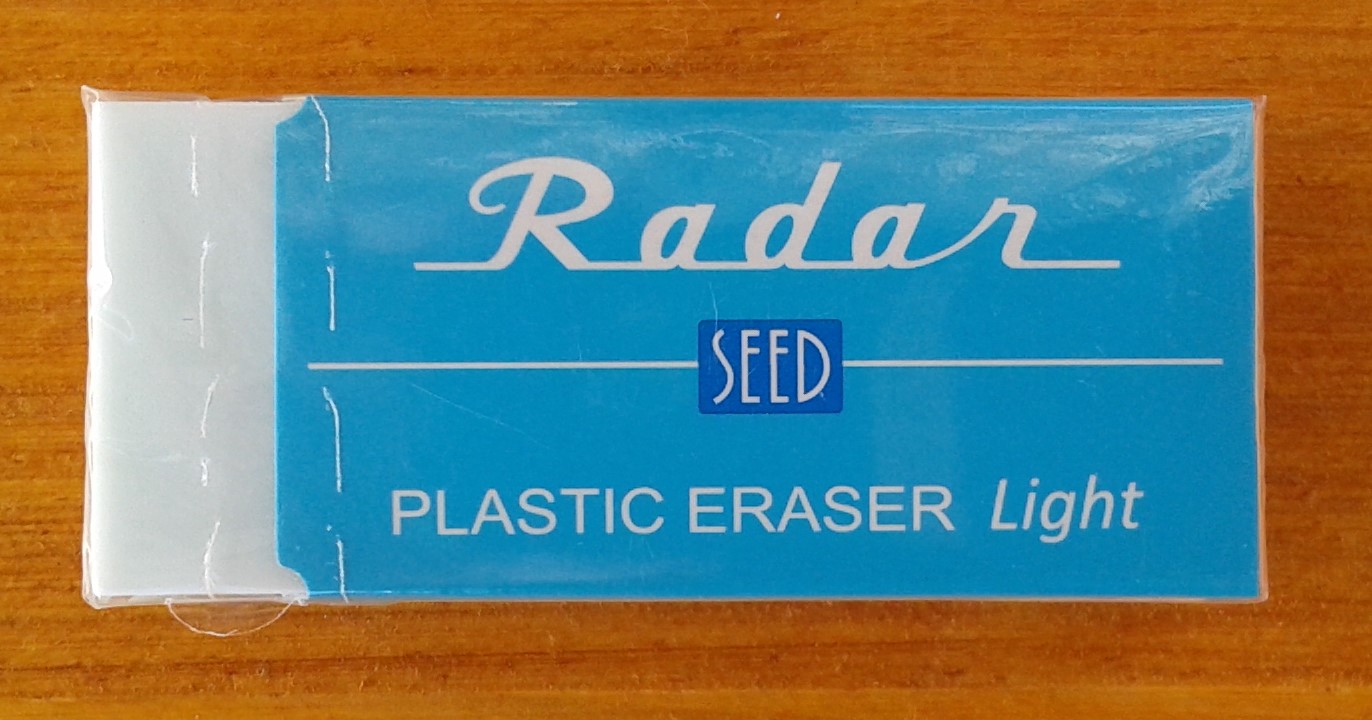

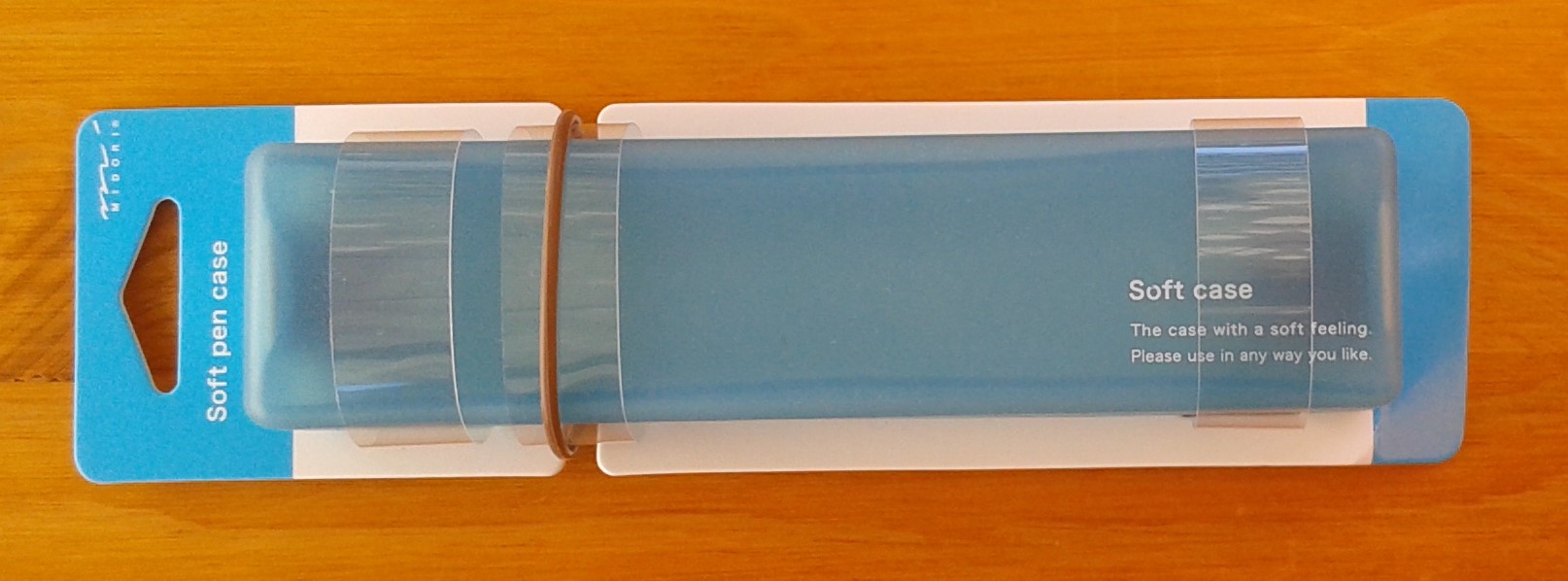 Another of the items I was recently given by colleagues was a light blue Midori soft pen case. Midori is a great Japanese stationery company whose products combine fun with practicality. I have discussed
Another of the items I was recently given by colleagues was a light blue Midori soft pen case. Midori is a great Japanese stationery company whose products combine fun with practicality. I have discussed 
